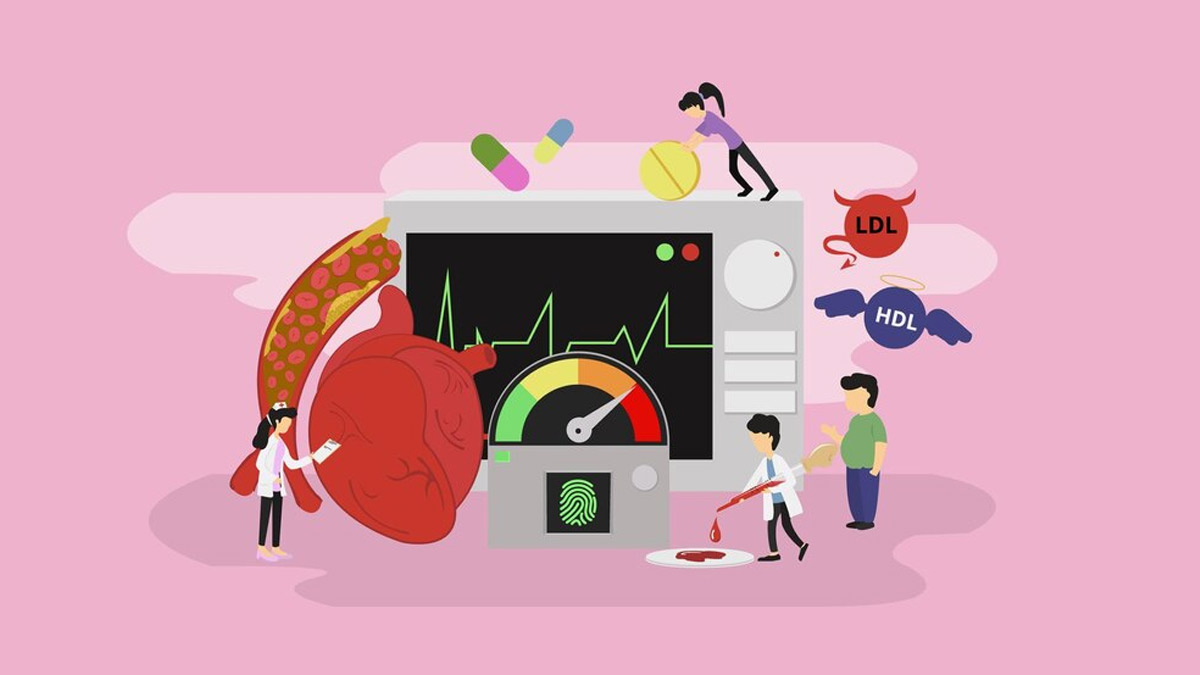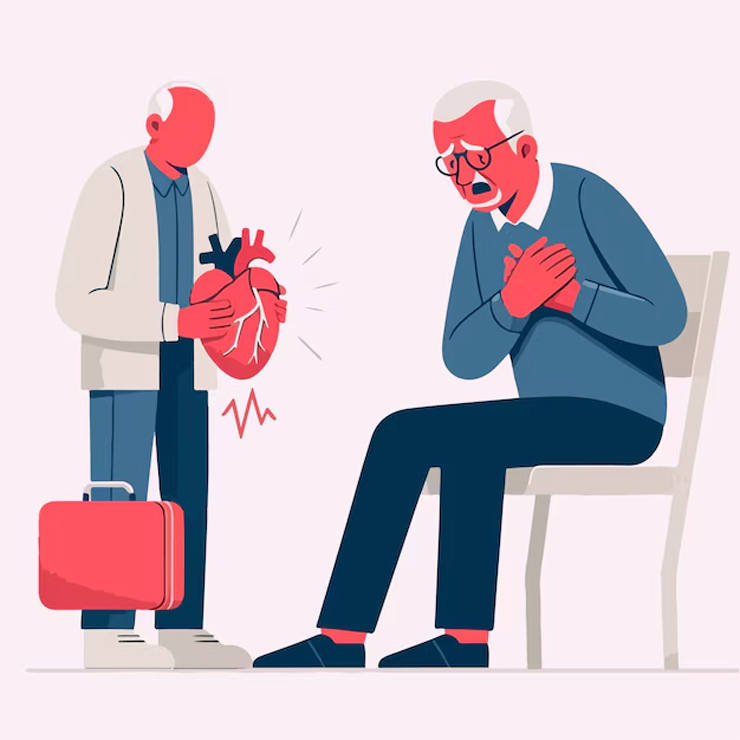
Heart Attack vs Cardiac Arrest: Health Expert Breaks Down Key Differences And Prognosis
Heart attacks and sudden cardiac arrest are both critical medical conditions, but they differ significantly. Many people mistakenly use these terms interchangeably, which can lead to confusion. While the distinction between them is important, it's not widely understood. To clarify, we spoke with Dr S. S. Sibia, a Cardiologist and Director at Sibia Medical Centre in Ludhiana, who shed light on the key differences between a heart attack and cardiac arrest, as well as their respective prognoses.
Differences Between Cardiac Arrest and Heart Attack
Dr S. S. Sibia explains that cardiovascular diseases rank among the top causes of death globally. Two terms often confused with each other are cardiac arrest and heart attack, though they are fundamentally different.
Cardiac arrest happens when the heart abruptly stops pumping effectively, halting blood flow to the brain and other crucial organs. This condition is an electrical issue in the heart, often triggered by arrhythmias such as ventricular fibrillation. Immediate intervention, typically through defibrillation, is essential to prevent death, as cardiac arrest can be fatal within minutes if not treated promptly.
In contrast, a heart attack, or myocardial infarction, occurs when a portion of the heart muscle is damaged due to a blockage in one or more of the coronary arteries. This blockage, often caused by a blood clot, impairs blood and oxygen flow to the heart muscle. While the heart usually continues to beat during a heart attack, the damage to the heart muscle increases the longer the blockage remains unresolved.
1
2
3
4

Typical Prognosis For Someone Who Survives A Cardiac Arrest
Dr S. S. Sibia emphasises that survival from cardiac arrest largely depends on the immediacy and quality of medical intervention. Key factors that influence the prognosis include:
- Time to Defibrillation: The earlier defibrillation is administered, the higher the likelihood of survival and better neurological outcomes.
- Quality of CPR: High-quality cardiopulmonary resuscitation (CPR) is crucial for maintaining blood flow to vital organs until defibrillation can be carried out.
- Post-Resuscitation Care: Comprehensive medical care following resuscitation, including treatments like therapeutic hypothermia and specific medications, enhances the chances of recovery.
For those who survive, a detailed evaluation is often necessary to determine the cause of the cardiac arrest and prevent future incidents. The long-term outlook can vary, with some individuals returning to their usual activities, while others may experience ongoing neurological issues or need continued cardiac care.
Recovery Process For Someone Who Has Had A Heart Attack
Recovery from a heart attack typically involves several key stages:
- Immediate Treatment: This phase focuses on restoring blood flow to the heart, which may involve medications, angioplasty, or surgical interventions such as coronary artery bypass grafting.
- Hospital Recovery: During this stage, patients are monitored for potential complications and begin to make lifestyle changes. They also start cardiac rehabilitation.
- Cardiac Rehabilitation: This supervised program includes a combination of exercise, education on heart-healthy practises, and counselling to manage stress, all aimed at supporting recovery.
- Long-term Care: Ongoing management includes taking medications to address risk factors, such as blood thinners and cholesterol-lowering drugs, attending regular follow-up appointments, and adopting lifestyle changes like improved diet, regular exercise, and quitting smoking.
Don't Miss: Understanding The Monkeypox Surge In Young Men Aged 18-44: Government's Latest Advisory

Comparing Outcomes: Cardiac Arrest vs. Heart Attack
Dr S. S. Sibia explained the outcomes for both cardiac arrest and heart attacks as follows:
Cardiac Arrest Outcomes:
- Survival Rate: Typically lower compared to heart attacks, particularly when it occurs outside of a hospital.
- Neurological Impact: Greater risk of brain damage due to lack of oxygen, which can significantly impact quality of life.
- Long-term Management: Often involves the use of implantable devices like pacemakers or defibrillators, along with ongoing monitoring.
Don't Miss: PresVu Eye Drops: Here’s All You Need To Know About These "Miracle Drops"
Heart Attack Outcomes:
- Survival Rate: Generally higher, especially when treatment is administered promptly.
- Heart Function: May result in heart failure or other complications if there is extensive damage to the heart muscle.
- Lifestyle Changes: Essential for preventing future heart issues, and many patients can achieve a good quality of life with proper management.
It is important to understand the distinctions between cardiac arrest and heart attacks for effective treatment and management. Cardiac arrest demands immediate intervention to save lives, while heart attack treatment aims to restore blood flow and minimise heart muscle damage. Both conditions require continuous care and lifestyle adjustments to improve long-term outcomes and prevent recurrence.
Keep reading Herzindagi for more such stories.
Credits: Freepik
Also watch this video
Herzindagi video
1
2
3
4